Text
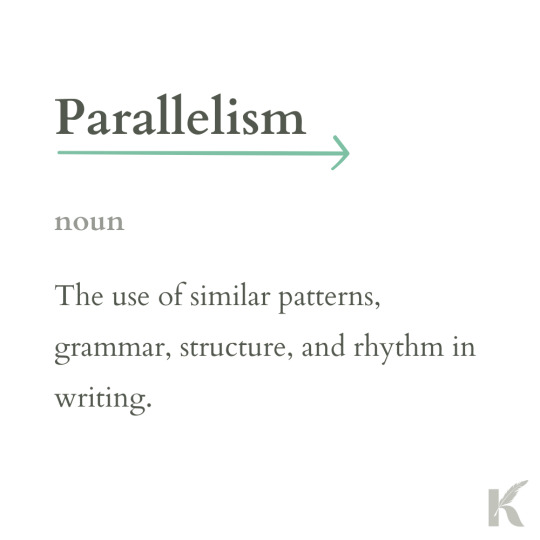
#grammar#writer#writing#english#language#writingadvice#parallelism#consistency in writing#parallel writing
0 notes
Text
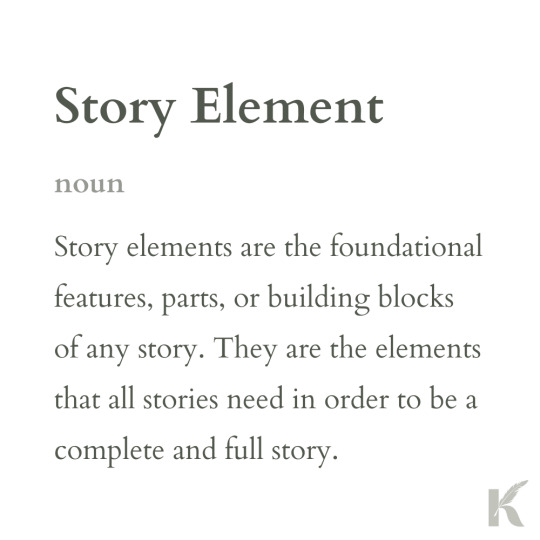
#story element#literary element#writer#writingtips#writing#writing advice#story outlining#creativewriting
1 note
·
View note
Text
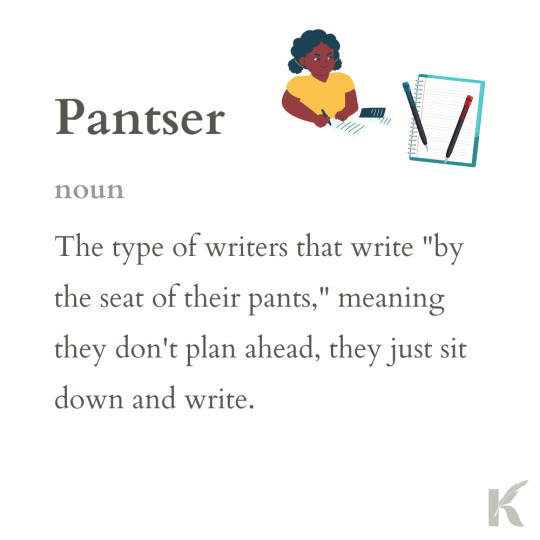
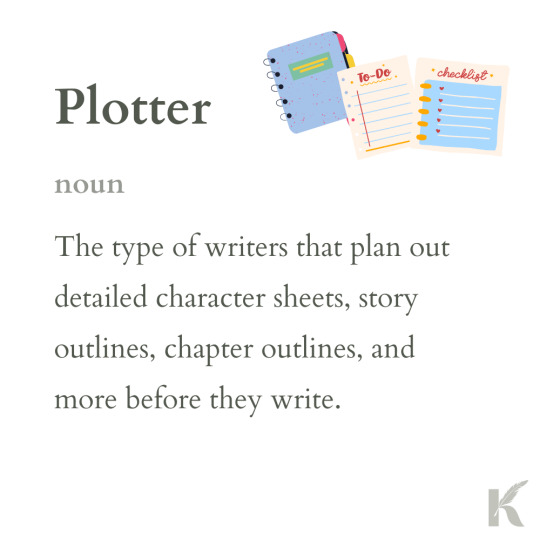
#pantser#plotter#writing#novel writing#writingtips#writer#writerslife#writingcommunity#writingadvice#storytelling#story outlining
0 notes
Text
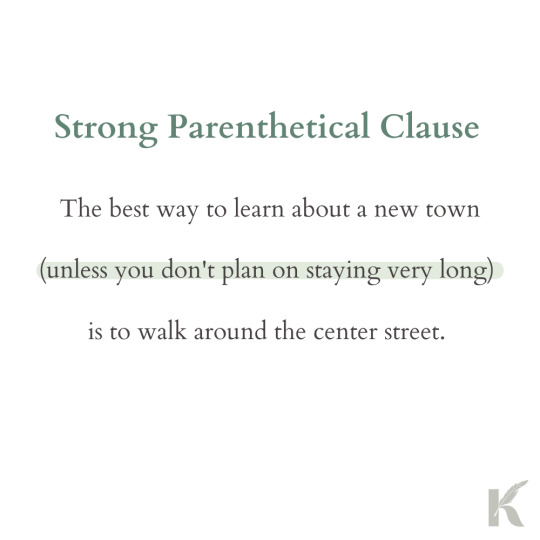
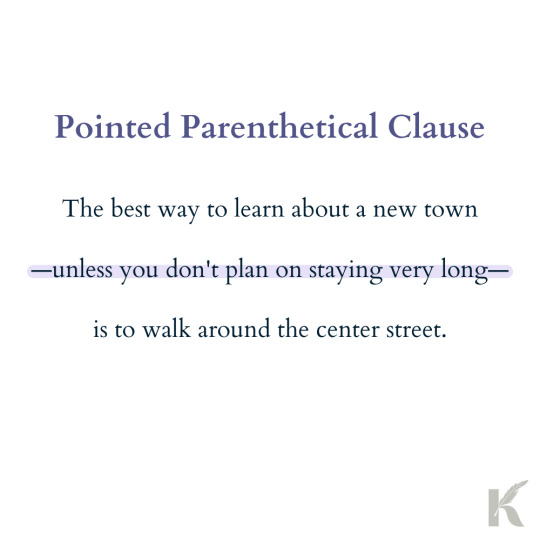

#grammar#english language#language#writer#writingtips#writing#on writing#punctuation#whentousepuncutation
0 notes
Text
10 Quick Grammar Tips for the Nonwriter
There is so much to know about grammar. There are parts of speech, sentence structure, tenses, plurals and singulars, punctuation, modifiers, and so much more. It can be really overwhelming for someone who doesn’t consider themselves a “writer” but still needs to write well. This article will go over some quick and basic grammar tips that anyone can hopefully understand.
#bykimber#writer#writing#writingtips#creativewriting#novelwriting#writingcoach#writerslife#writingcommunity#storytelling#writingresources#writingadvice
0 notes
Text

Story elements are things any story has to have, like plot, characters, a beginning, a conflict, a climax, and an ending. Literary devices are tools that stories use, like allusion, flashbacks, or foreshadowing. Not all stories have to have a flashback, but your story might need it to convey something to the reader in the best way.
Story elements can also be considered literary devices when we use them as tools in our storytelling. For example, all stories have settings, but great stories use setting in creative ways to further enhance their storytelling.
Keep Reading Here
#bykimber#writer#writing#writingtips#creativewriting#novelwriting#writingcoach#writerslife#writingcommunity#storytelling#writingresources#writingadvice
0 notes
Text
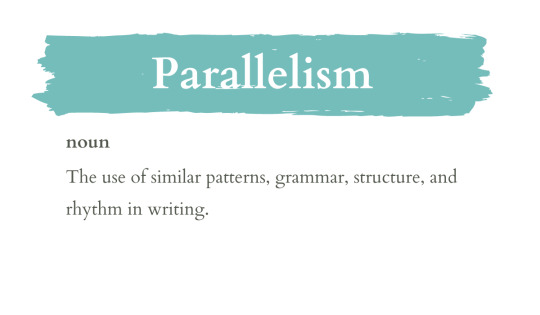
Nonparallel Example: She enjoys reading, hiking, and to swim.
This nonparallel writing example sounds clunky because the third verb doesn't match the same verb structure that the rest of the verbs are using.
Parallel Example: She enjoys reading, hiking, and swimming.
Doesn't that sound more natural? That's because this writing example uses parallel structure when it gives all the verbs in the sentence the same form.
So the next time you feel like your writing sounds a little clunky, think about the structure of each sentence and word and if they match or not.
Keep Reading Here
#bykimber#writer#writing#writingtips#creativewriting#novelwriting#writingcoach#writerslife#writingcommunity#storytelling#writingresources#writingadvice
0 notes
Text
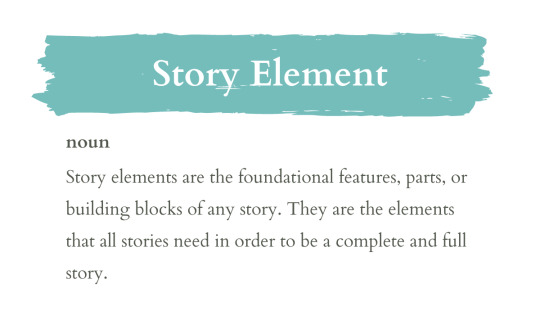
Story elements are the foundational features, parts, or building blocks of any story. They are the elements that all stories need in order to be a complete and full story.
Story elements can also sometimes be referred to as literary elements, narrative elements, or literary devices. But I personally believe that literary elements and literary devices are two separate things.
A story element is something a story has to have while a literary device is a specific literary tool an author chooses to use.
Story elements can also be literary devices when they are used consciously as a tool to help further tell their story. But they are also two separate things that I would like to distinguish between today.
Keep Reading Here
#bykimber#writer#writing#writingtips#creativewriting#novelwriting#writingcoach#writerslife#writingcommunity#storytelling#writingresources#writingadvice#novel writing
0 notes
Text
4 Quick Writing Tips for the Nonwriter
There is so much to know about grammar, writing, and language. It can be really overwhelming for people who don't consider themselves to be "writers" but still need to write every once in a while.
#bykimber#writer#writing#writingtips#creativewriting#novelwriting#writingcoach#writerslife#writingcommunity#storytelling#writingresources#writingadvice
0 notes
Text
How to “Show Don’t Tell” in Writing
Writers receive a lot of advice about writing, but the advice “show don’t tell” might be one of the most well-known pieces of writing advice around. So what does “show don’t tell” look like in practice?
#bykimber#writer#writing#writingtips#creativewriting#novelwriting#writingcoach#writerslife#writingcommunity#storytelling#writingresources#writingadvice
0 notes
Text
Professional Best Practices Everyone Should Know
The following tips and professional best practices can apply to many jobs. They are general, fundamental best practices that most career builders should know about and follow.
#bykimber#writer#writing#writingtips#creativewriting#novelwriting#writingcoach#writerslife#writingcommunity#storytelling#writingresources#writingadvice
0 notes
Text
How to Use Story Elements as Literary Devices
In my last article about story elements, we talked about what story elements are and how they can be used to outline your own unique story.
In this article, we'll talk about more specific ways to use story elements as literary devices in order to make a good story into a great story.
#bykimber#writer#writing#writingtips#creativewriting#novelwriting#writingcoach#writerslife#writingcommunity#novel writing#writingadvice#storytelling#writingresources
0 notes
Text
The Complete Writing Process
No matter what kind of personal writing process you might have, the following writing process includes all of the basic steps that (ideally) writing pieces will go through in order to be truly ready for the world.
Keep Reading:
Read More by Kimber:
bykimber.com | medium.com/@kimberseverance
#writer#writing#writingtips#author#writingprocess#writerslife#writingcommunity#writingadvice#creativewriting#storytelling#novel writing#writingresources
0 notes
Text
How to Outline Any Story with Story Elements
All stories are made up of many kinds of something. Determining what those somethings are can help you better outline and understand your novel. Stories are made up of things like plot, characters, setting, and more. All of these things are foundational parts of any story and knowing how to wield them as a storyteller can make or break your story crafting.
Keep Reading:
Read More by Kimber:
bykimber.com | medium.com/@kimberseverance
#writingtips#writerslife#writingcommunity#writingadvice#storytelling#writingresources#creativewriting#novel writing#storyelements
0 notes
Text
How to Create a Writing Group
Stories are all about people, our connections to each other, and our inner struggles. So it makes sense to include other people in the process of writing a story. Community is an important part of writing. Writing groups can help you turn rough drafts into polished novels ready for publishers!
Read More by Kimber:
bykimber.com | medium.com/@kimberseverance
#WritingGroup#WritingCommunity#WritersGroup#WritingSupport#WritingCollaboration#WritingMotivation#WritingAccountability#WritingWorkshop#WritingTips#WritingAdvice#WritingResources#WritingInspiration#WritingTogether#WritingCommunityLove#WritersLife#AuthorCommunity#CreativeWriting#WriterSupportGroup#WritingGoals#WritingJourney
0 notes
Text
How to Pick a Story Outlining Method
I once heard someone say that you should write your first book not to write a great book but to learn your process as a writer.
This doesn't mean you should waste your time writing an entire novel only to throw it away. Rather, it means you shouldn't give up on your first novel when it’s hard because you’ll learn invaluable things about your own writing process, even if you end up starting from scratch again later.
Trial and error is the best way to perfect a practice.
Let's make this trial and error process a little easier by researching the useful outline writing methods that already exist. Then, pick and choose the things you like about each one of the following story outlining methods to create an outlining method that works best for you.
Read More by Kimber:
bykimber.com | medium.com/@kimberseverance
#WritingTips#Storytelling#WritingAdvice#CreativeWriting#WritingProcess#StoryOutlining#PlottingMethods#WritingCommunity#WritersLife#AuthorTips#WritingSkills#StorytellingTechniques#StoryDevelopment#ContentCreation#WritingInspiration#WritingResources#StoryStructure#PlottingTips#StorytellingCraft#WritingHelp
1 note
·
View note
Text
How to Format a Manuscript for Submission
As a copyeditor, here’s everything I wish my authors knew before submitting their manuscripts to a publishing house.
I work as both a professional and freelance copyeditor. That means, a lot of manuscripts come past my desk and when they do, the format of the manuscript is always different.
As a writer myself, I like to choose my own fonts and formatting style, but when you’re about to submit a finished manuscript to a publishing house, it’s important to get the formatting right.
Every publishing house has its own style guide that dictates how manuscripts should be formatted. This prepares the manuscript to eventually be formatted and designed by designers for publishing.
Before submitting a manuscript try to ask for a copy or a link to the publisher’s style guide so you can format your manuscript according to their standards.
Otherwise, you can follow the basic manuscript formatting rules I’m about to provide in today’s article!
#manuscriptformatting#submissiontips#amwriting#publishing#writerslife#manuscriptpreparation#manuscriptsubmission#writingtips#manuscriptediting#writerscommunity#indieauthors#traditionalpublishing#authoradvice#formattingtips#manuscriptguidelines
1 note
·
View note